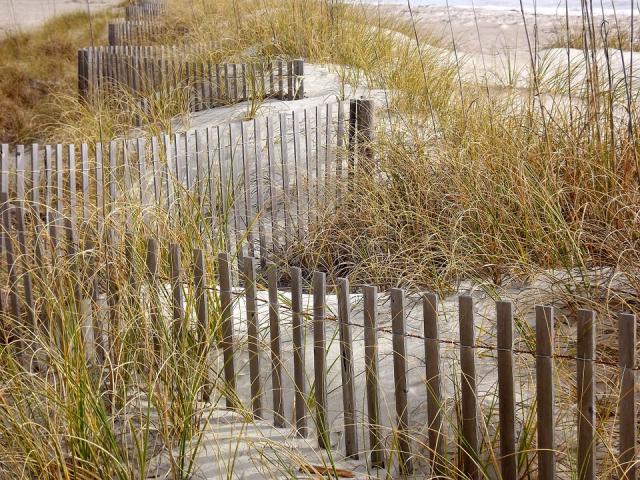
27 Sep, 2016/ by Surveyor Local /News
Most properties come with boundaries, whether in the form of a fence, hedge, building, road or even a river. Knowing where your home's boundaries are, and maintaining them appropriately can help you to avoid potentially nasty boundary disputes between neighbours.
Before you buy:
When you buy a new property it's important to know exactly what you're getting for your money, and that includes the land that your house is built on. To find out exactly where your potential property's boundaries are, ask your solicitor for a copy of the Land Registry title plan.
This plan will show the rough boundaries of your house, though they won't be exact, however this should be enough to compare with the plan you've been given by the seller. If there are any differences, you'll need to bring this up for discussion before you buy the property as you might find yourself in a boundary dispute later on down the line.
After move in:
Once you've been in the property for some time, you may need to repair your boundaries - fences get broken, hedges need trimming or walls can crumble. While repairs should be a priority, you'll want to discuss any changes with your neighbour if the boundary is shared.
This is even more important when you are planning an extension or building works. The council will not check who the land or boundary belongs to, so you'll need to find this out yourself. Once you know that the land or boundary is partly yours to change, discuss the situation with your neighbour before you apply for the planning permission, particularly where shared boundaries are involved. This way, you can avoid getting into disputes which at worst, can end up costing a great deal of time, money and stress.
When there's a dispute:
So what happens if you've tried to avoid the situation but ended up in a boundary dispute anyway? This is more common than you may think as a small disagreement can quickly turn into court action if not dealt with correctly.
You'll need to get a solicitor involved as soon as possible if you want to resolve the dispute quickly and affordably. A chartered surveyor is your best bet for dealing with boundary disputes as they are experienced in the subject, can interpret aerial photographs, maps, surveys and historical documents, and are already familiar with the latest civil procedure rules involving land disputes.
How to prevent boundary disputes:
To prevent boundary disputes in the first place, it might be an idea to get a chartered surveyor to define the exact legal boundaries on an official document signed by both you and your neighbour. This will be a more precise boundary line than the one the Land Registry has access to, so can quickly prevent future arguments. Your surveyor will then send the new boundary map to the Land Registry so that any future disputes can be quickly solved before they reach court.
To speak with us about boundary disputes or to find out about creating your own official boundary map, call . Use our online quote service to see how much our chartered surveyors can save you on a RICS Level 3 Survey.
